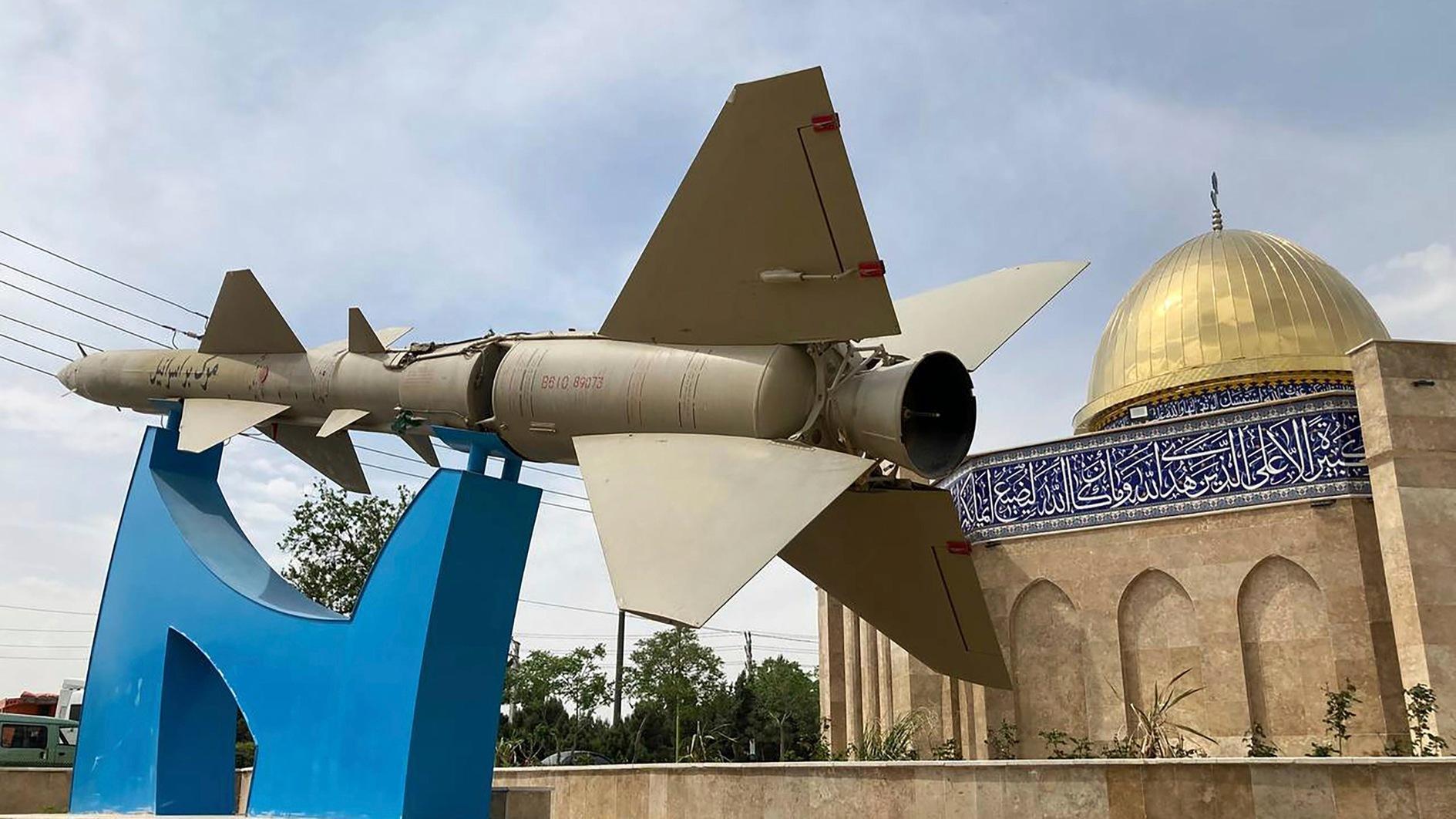Codes of the İncirlik agreement
The details of the “İncirlik agreement” between Turkey and the U.S. have been gradually crystallizing.
My interview with Brett McGurk, the U.S. Special Presidential Envoy to the anti-ISIL Coalition and Deputy Assistant Secretary of State, was published in the Hürriyet Daily News on Saturday.
First of all, let’s summarize what McGurk clarified:
1. He underlined that the notion that “Turkey’s operations against ISIL only provide Turkey with the cover to attack PKK” is false. He emphasized that the only reason Turkey is not conducting airstrikes against ISIL now is that Turkey and the U.S. are in the final stages of working out the technical military arrangements. The objective therein is to secure full integration in their joint operations.
2. Accordingly, the two capitals are in the final stage of the military arrangements and Turkish jets are just about to start flying from İncirlik together with American F-16’s to attack ISIL targets in Syria.
3. McGurk strongly emphasized that Turkey’s attacks against the Kurdistan Workers’ Party (PKK) are not part of the İncirlik deal, thereby not linked to anti-ISIL operations.
4. He acknowledged that Turkey’s airstrikes against PKK targets in northern Iraq have created “concern” in Washington. But he also recognized Turkey’s right of self-defense in light of the recent PKK attacks within Turkey.
5. He made a sharp distinction between the Democratic Union Party (PYD) and the PKK and stated clearly the U.S.’s support for the former.
6. By saying “the more cooperation between the groups fighting ISIL, the better,” McGurk implied that the U.S. is aiming for normalization of relations between Turkey and the PYD.
7. McGurk repeatedly stated that the U.S. wants the peace process in Turkey to continue. Saying that “it’s very important that everybody focuses on the common threat of ISIL,” he intimated Washington’s concern that PKK violence in Turkey might weaken the anti-ISIL fight in Syria.
8. For the first time in a long time, such a high level U.S. official has clearly stated that the ouster of Bashar al-Assad is the only way to end the Syria war. He also said a broad international consensus is building to this end.
9. McGurk made it very clear that the U.S. opposes the foundation of a safe zone (SZ) and a no-fly zone (NFZ) in Syria. He confirmed that the zone between Azaz and Jarablus along the Turkey-Syria border will be cleared of ISIL, which is called an “ISIL-free zone” by Turkish officials.
In light of these clarifications, it is crystal clear that three main disagreements between Ankara and Washington remain.
The first one is about the PYD.
Turkey has been concerned that Syrian Kurds will form an autonomous Kurdish entity along it southern borders by uniting the cantons of Kobane, Jazira and Afrin. The recent seizure of Tal Abyad by Kurds from ISIL has already connected the cantons of Jazira and Kobane. Now Ankara’s top priority is to prevent Afrin from uniting with this zone.
This is why Turkish high level officials have underscored Ankara’s red line that “the PYD does not cross to the west of the Euphrates River,” as the Euphrates separates Afrin from this area.
The so-called “ISIL-free zone” is also being set up according to this sensitivity. The Euphrates flows through Jarablus, which forms the eastern border of this zone. In this way, the further penetration of the PYD into this area will be prevented.
But nevertheless the U.S. still does not want to estrange the PYD, which is its strongest ally on the ground against ISIL. Washington is therefore trying to deal with this duality by bringing these two conflicting sides to meet halfway. It certainly considers the re-activation of the peace process in Turkey as a facilitator to this end.
Their second disagreement is on the foundation of a SZ or NFZ. Turkey has insistently called for a SZ while the U.S. has insistently rejected this proposal.
One of the reasons why the U.S. opposes this idea is the risk of a clash with al-Assad’s forces in such an area. Secondly, according to Washington its formation would demand international approval.
But apparently the main reason behind the U.S.’s reluctance over a SZ is the question of who will support this zone from the ground and who will control it once ISIL is cleared out.
A high-level Turkish official who I spoke to last week stated that Turkey receives intelligence and co-ordinates from the ground from the Free Syrian Army (FSA) when launching airstrikes against ISIL, while the U.S. supplies them from the PYD. This arrangement seems to be counter-productive for their coordination.
Moreover, Turkey insists that the PYD not be permitted to enter this zone and that the FSA and Turkmens will be settled in this area once ISIL is cleared out. At the moment, this is the territory with Syria’s largest pocket of ethnic Turkmens.
On the other hand, the preference of the U.S. - which has greatly invested in Syrian Kurds - is self-evident.
Another discrepancy between the two sides is the issue of the Syrian opposition.
Ankara has been complaining that the U.S. has been “too picky” in selecting the “moderate rebels” to fight against ISIL, thus keeping their number low and their struggle weak.
McGurk’s statement that the two countries are “still discussing” this issue implies that this disagreement remains. But it is too early to say the last word on what the either country will give and take, as their inventory control is still ongoing.











